Ron Arad’s Last Train arrives in Venice
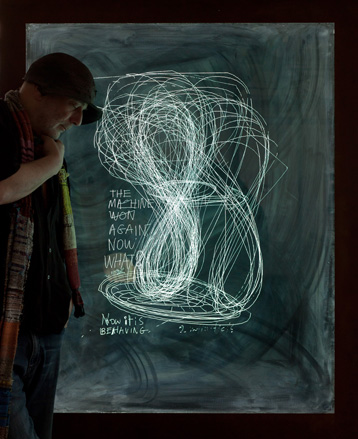
Architects and artists are often asked to create jewels. A fresh design perspective is always a good thing but it's tricky with jewellery design because there is a flawed consensus that anyone can do it.
Which is why Ron Arad's Last Train, commissioned by Steinmetz Diamonds and unveiled at midday tomorrow at the 55th Venice Art Biennale, is a refreshing take. Rather than stick to the notion of jewellery as simply a form of adornment, Arad has approached diamonds in the way that the great jewellery houses do - as a great base material from which to create wondrous objects.
'My interest is not in the bling or the value of diamonds but in the strength of the material,' Ron Arad told us just before he left for Venice last week.
For Last Train, Arad worked with Steinmetz to design a diamond ring that also works as a drawing tool. Then he invited several of 'friends', including artists Francesco Clemente, Christian Marclay and David Shrigley, to produce works by 'scratching' on a pane of glass with the ring, which is affixed to a plaster cast of Arad's fist and controlled by an iPad app.
The concept came about when Arad, having watched a missed train pull out of the station in Naples, spotted a man etching on the window pane with a diamond ring. 'In every train ride there is a lot of love and hate on the panes of windows,' Arad said of his inspiration. 'They are almost invisible but when you apply light to them then you discover a word or drawing.'
The ring is a powerful cross of bold diamond studs with a somewhat unrefined aesthetic. 'Elizabeth I used her diamond ring to scratch love vows on bottles,' Arad explains, though the fact that it reflects jewellery design of this era is accidental. 'I am not a jewellery designer or stylist, so the purpose of the ring implied the look,' he says. 'It is designed as a cross and the diamond at the junction is the one that is doing the work.'
Though the romance of diamonds was not an inspiration, Arad also told us a secret. Not only has he 'never scratched on a train window', the work also nearly never made it to Venice and he was almost the victim of a heist. 'Someone decided to help themselves to my fist,' Arad reveals. 'It was on a cardboard box ready to go to Venice. We had three minutes of fear and then we found it stuck in between the rails of a gate. We were not worried about the diamonds but there would be no Biennale show without the fist…'
Watch Ron Arad creating 'Everyone Woz Ere'
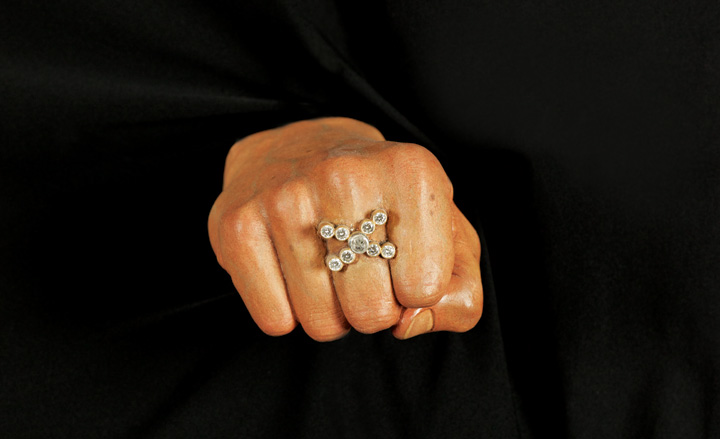
The Steinmetz diamond ring that Arad designed to be worn on a prototype fist and linked to an iPad drawing tool
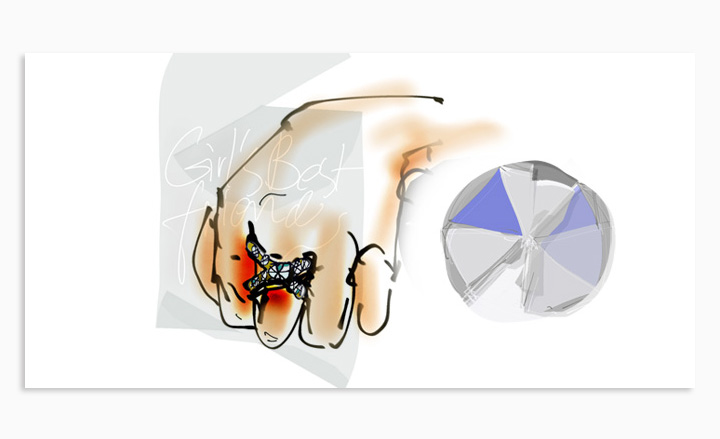
Arad's sketch of the ring, which takes the form of a cross. 'The diamond at the junction is the one that is doing the work,' he explains
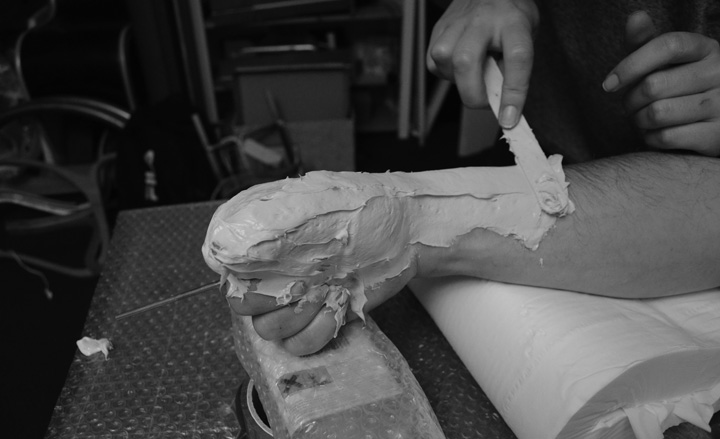
To create the elaborate drawing tool, a plaster cast of Arad's fist was made
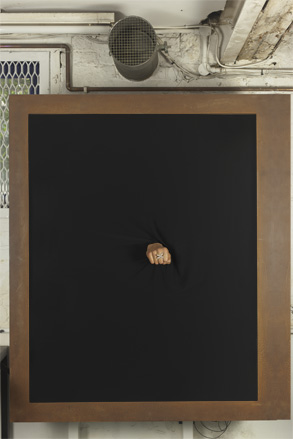
The prototype fist, adorned with Arad's diamond ring, pokes through a black cloth which is hidden behind a glass screen, on which glowing lines are then scratched to create the artworks
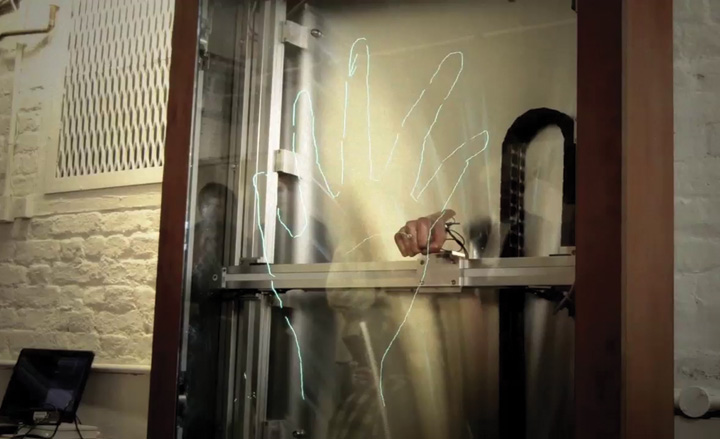
The drawing machine, with an exposed view of the mechanism in action
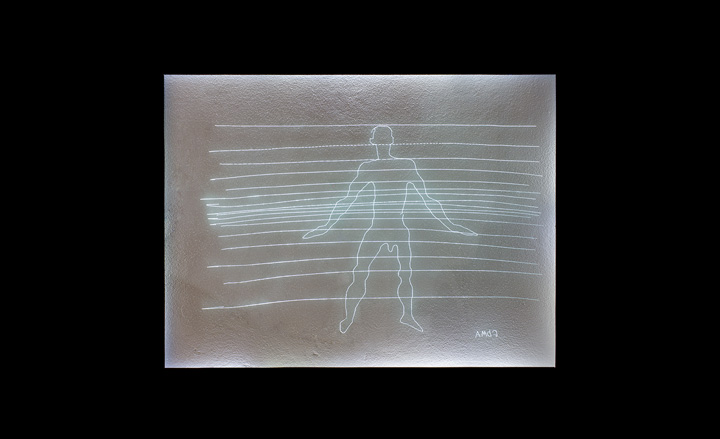
'Field' by Antony Gormley, 2013
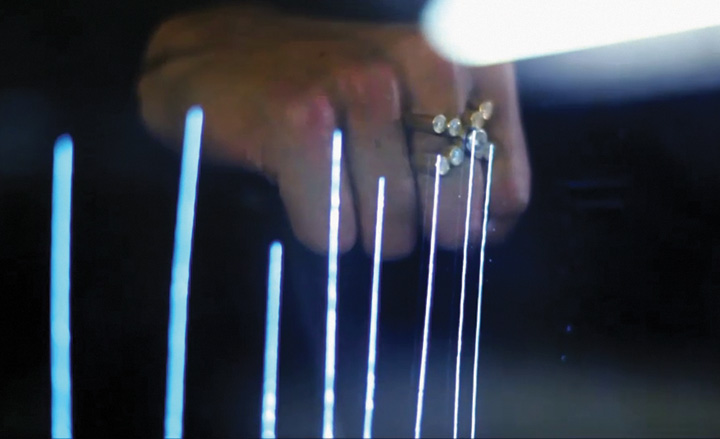
The mechanised fist etches out the starting lines of Antony Gormley's artwork for the 'Last Train'
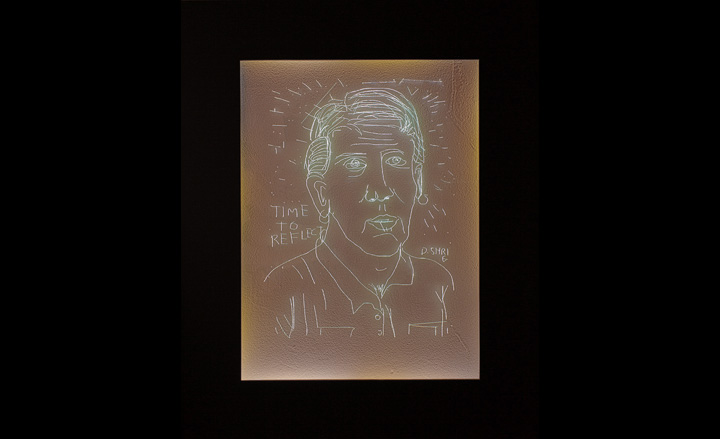
'Time To Reflect' by David Shrigley, 2013
Watch David Shrigley creating his digital etching for 'Last Train'
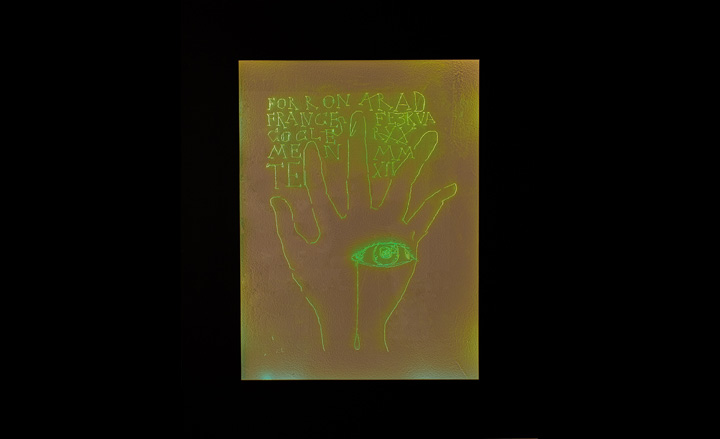
'For Ron Arad' by Francesco Clemente, 2012
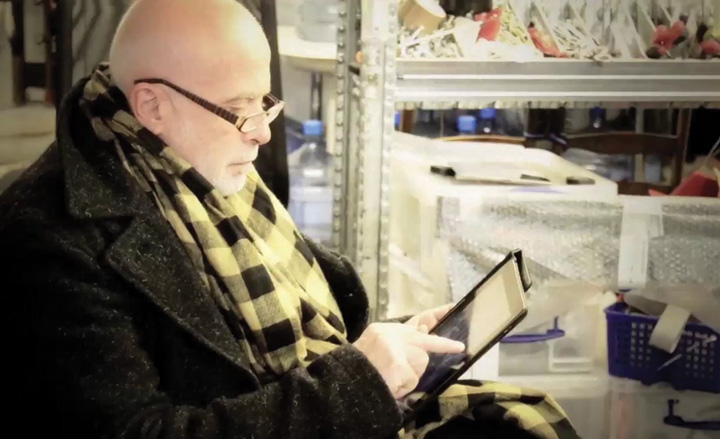
Francesco Clemente applies a scratching technique to his drawing
This video of Francesco Clemente's artwork process demonstrates the mechanism of the drawing tool
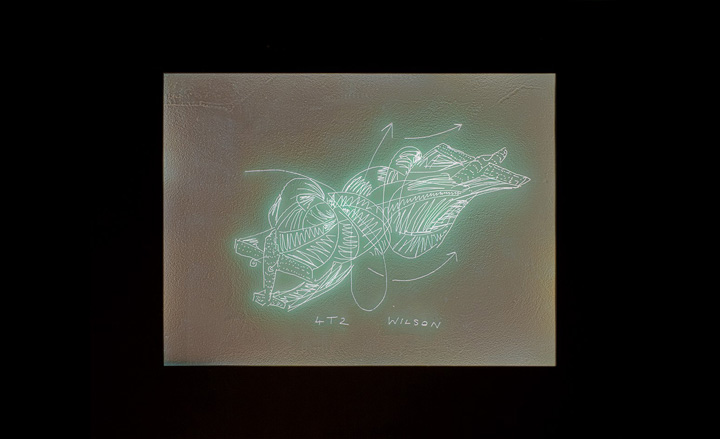
'4T2' by Richard Wilson
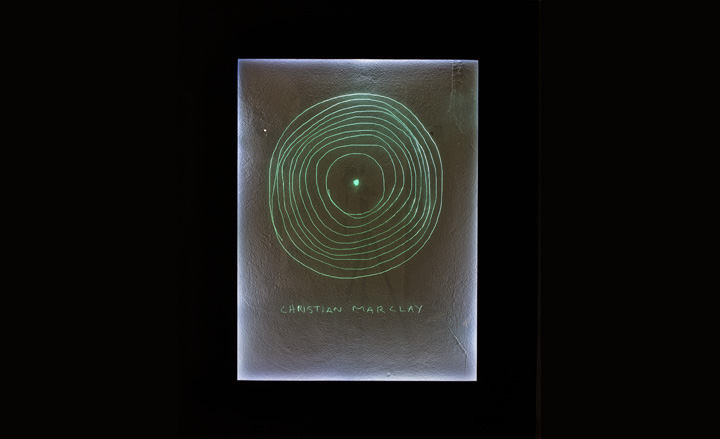
'Record' by Christian Marclay, 2013
Watch Christian Marclay's 'Record' etching come to life
Tim Noble and Sue Webster took a unique approach to their creation with the use of a blindfold
Wallpaper* Newsletter
Receive our daily digest of inspiration, escapism and design stories from around the world direct to your inbox.
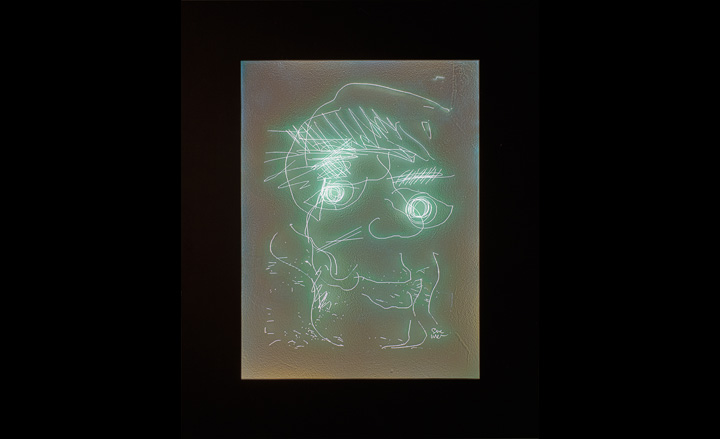
'Portrait Of My Wife Blind' by Tim Noble & Sue Webster
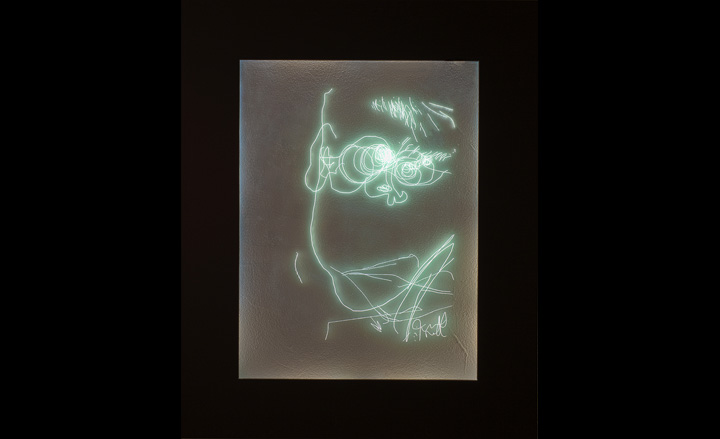
'Portrait Of My Blind Husband' by Tim Noble & Sue Webster
Ai Wei Wei, one of the 12 artists enlisted for 'Last Train', works on the drawing tool
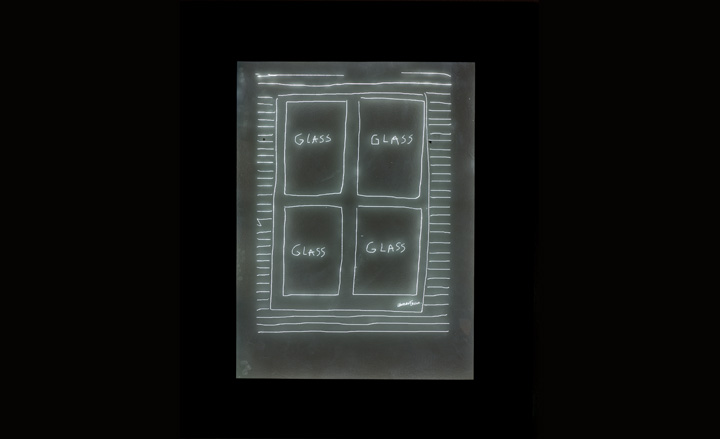
'Window' by Leandro Erlich, 2013
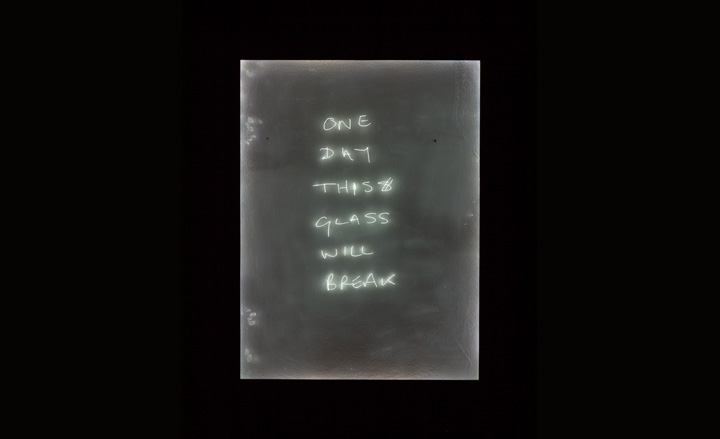
'One Day This Glass Will Break' by Cornelia Parker, 2013
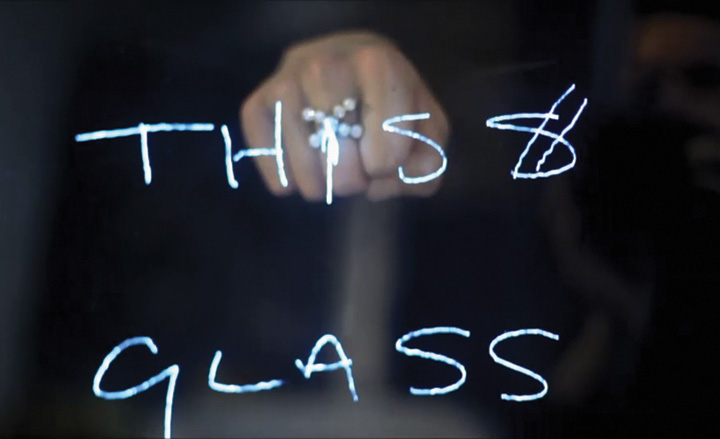
'One Day This Glass Will Break' by Cornelia Parker, 2013
Former Wallpaper* Guest Editor Robert Wilson was also enlisted by Arad to create a drawing for 'Last Train'. Watch his work unfold
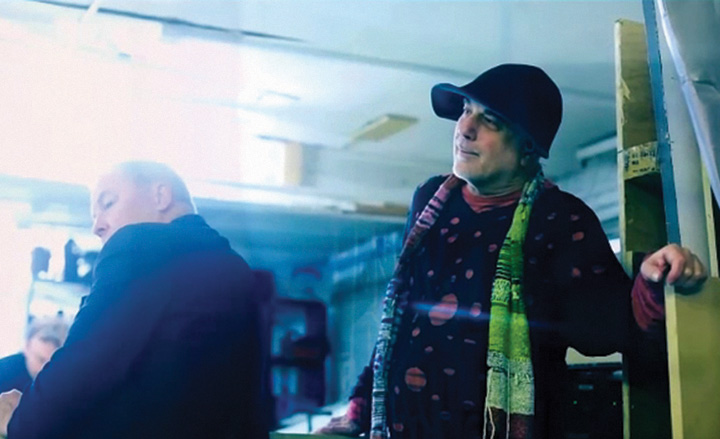
Arad looks on at Wilson's piece, 'a HYMN hymning HiM A dRAWing for Ron a.'
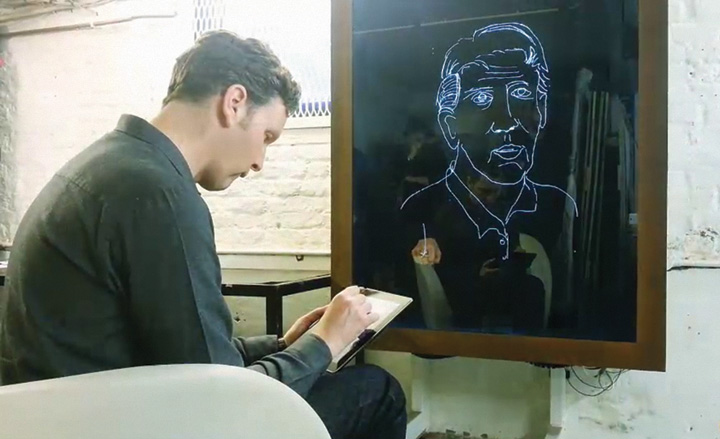
Shrigley summed the 'Last Train' up when he said, in an email to Arad on 21 March, 'I think it's a really nice project: taking a memory and creating a machine in order to re-create it'
ADDRESS
Palazzo Cavalli Franchetti
San Marco
Venice
Caragh McKay is a contributing editor at Wallpaper* and was watches & jewellery director at the magazine between 2011 and 2019. Caragh’s current remit is cross-cultural and her recent stories include the curious tale of how Muhammad Ali met his poetic match in Robert Burns and how a Martin Scorsese Martin film revived a forgotten Osage art.
-
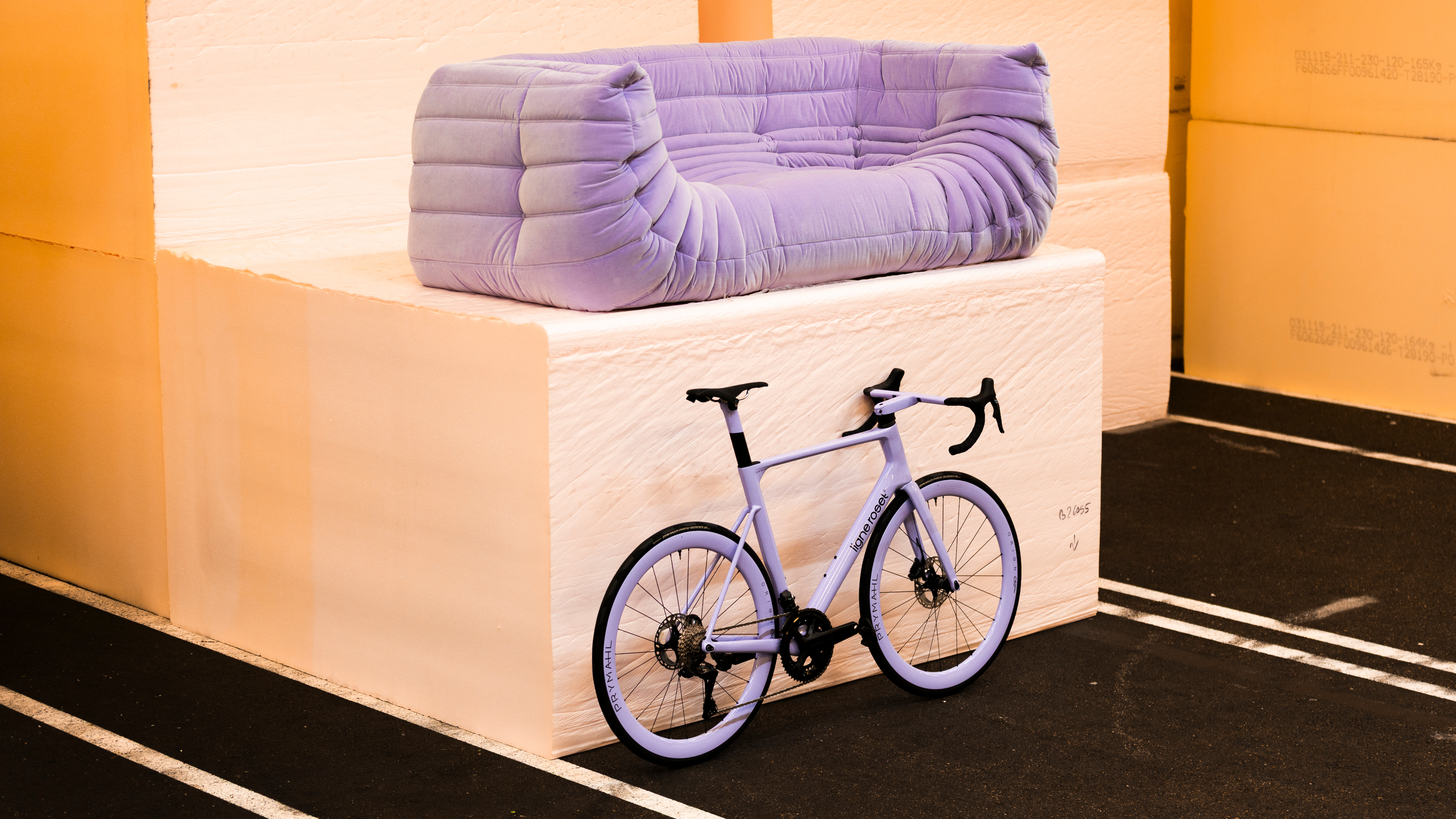 Ligne Roset teams up with Origine to create an ultra-limited-edition bike
Ligne Roset teams up with Origine to create an ultra-limited-edition bikeThe Ligne Roset x Origine bike marks the first venture from this collaboration between two major French manufacturers, each a leader in its field
By Jonathan Bell
-
 The Subaru Forester is the definition of unpretentious automotive design
The Subaru Forester is the definition of unpretentious automotive designIt’s not exactly king of the crossovers, but the Subaru Forester e-Boxer is reliable, practical and great for keeping a low profile
By Jonathan Bell
-
 Sotheby’s is auctioning a rare Frank Lloyd Wright lamp – and it could fetch $5 million
Sotheby’s is auctioning a rare Frank Lloyd Wright lamp – and it could fetch $5 millionThe architect's ‘Double-Pedestal’ lamp, which was designed for the Dana House in 1903, is hitting the auction block 13 May at Sotheby's.
By Anna Solomon
-
 Saskia Colwell’s playful drawings resemble marble sculptures
Saskia Colwell’s playful drawings resemble marble sculpturesSaskia Colwell draws on classical and modern references for ‘Skin on Skin’, her solo exhibition at Victoria Miro, Venice
By Millie Walton
-
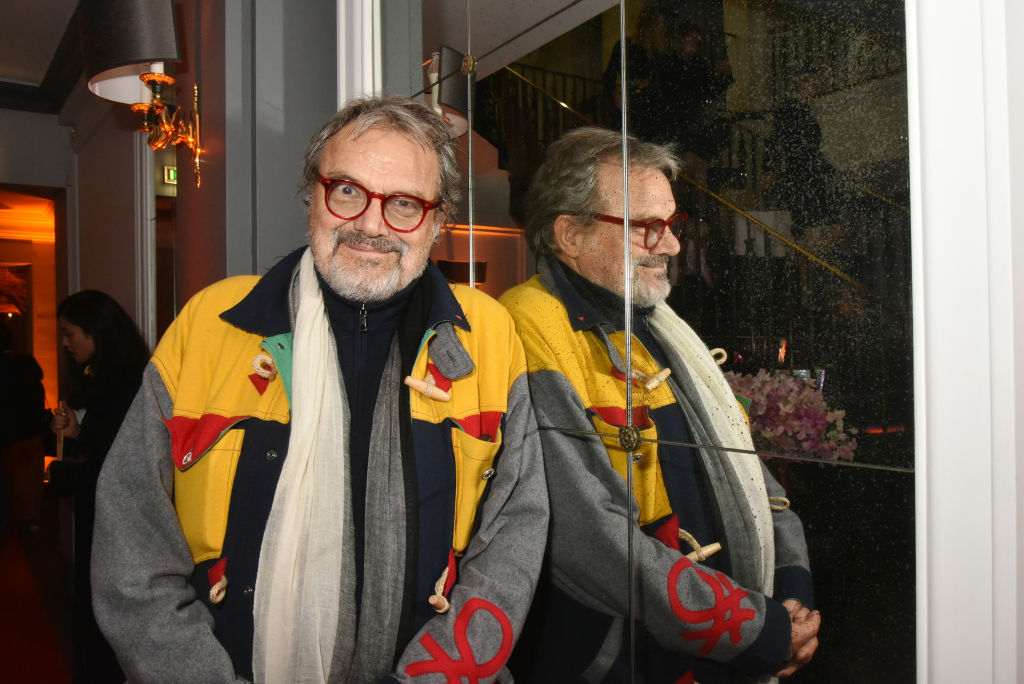 Remembering Oliviero Toscani, fashion photographer and author of provocative Benetton campaigns
Remembering Oliviero Toscani, fashion photographer and author of provocative Benetton campaignsBest known for the controversial adverts he shot for the Italian fashion brand, former art director Oliviero Toscani has died, aged 82
By Anna Solomon
-
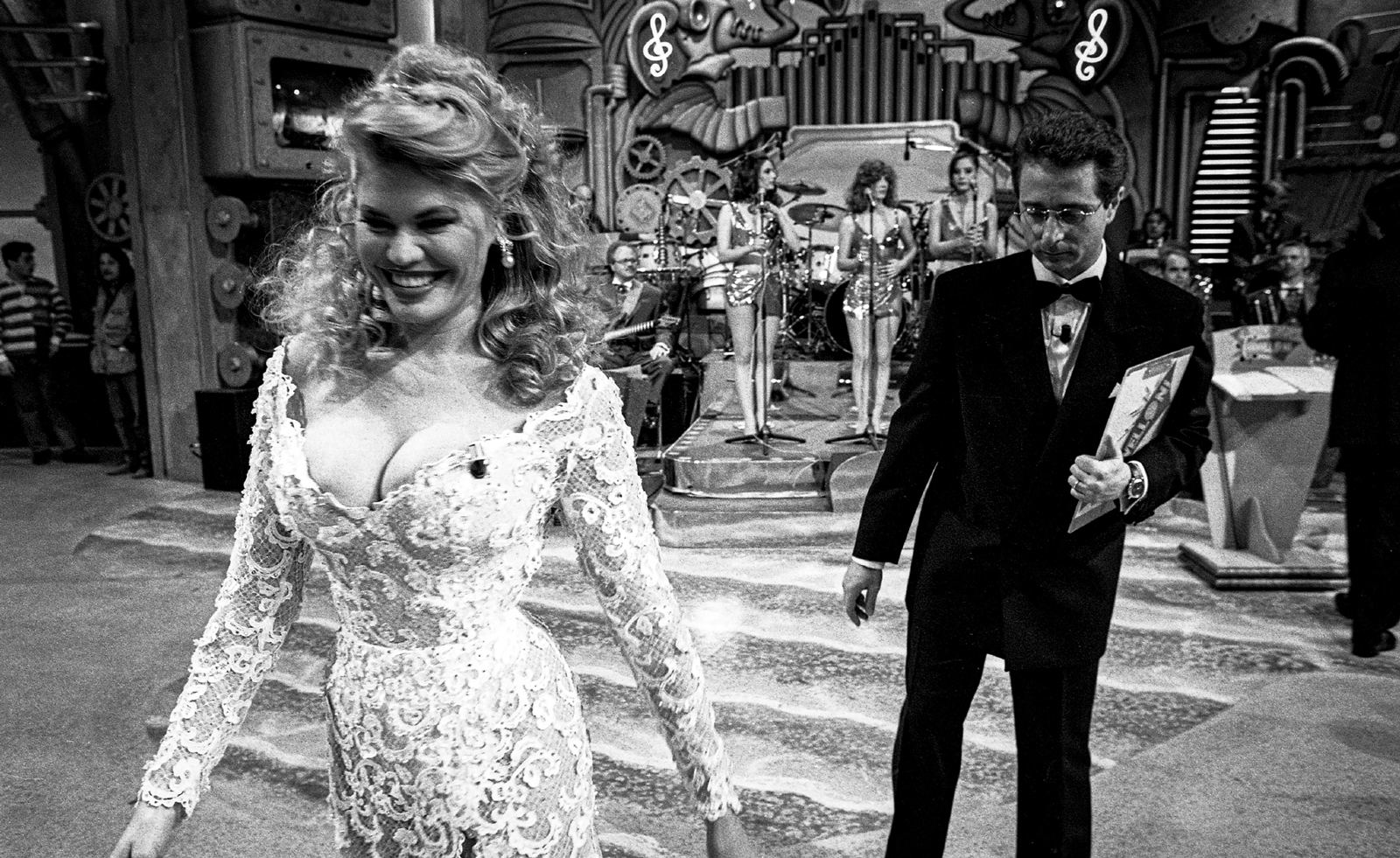 Distracting decadence: how Silvio Berlusconi’s legacy shaped Italian TV
Distracting decadence: how Silvio Berlusconi’s legacy shaped Italian TVStefano De Luigi's monograph Televisiva examines how Berlusconi’s empire reshaped Italian TV, and subsequently infiltrated the premiership
By Zoe Whitfield
-
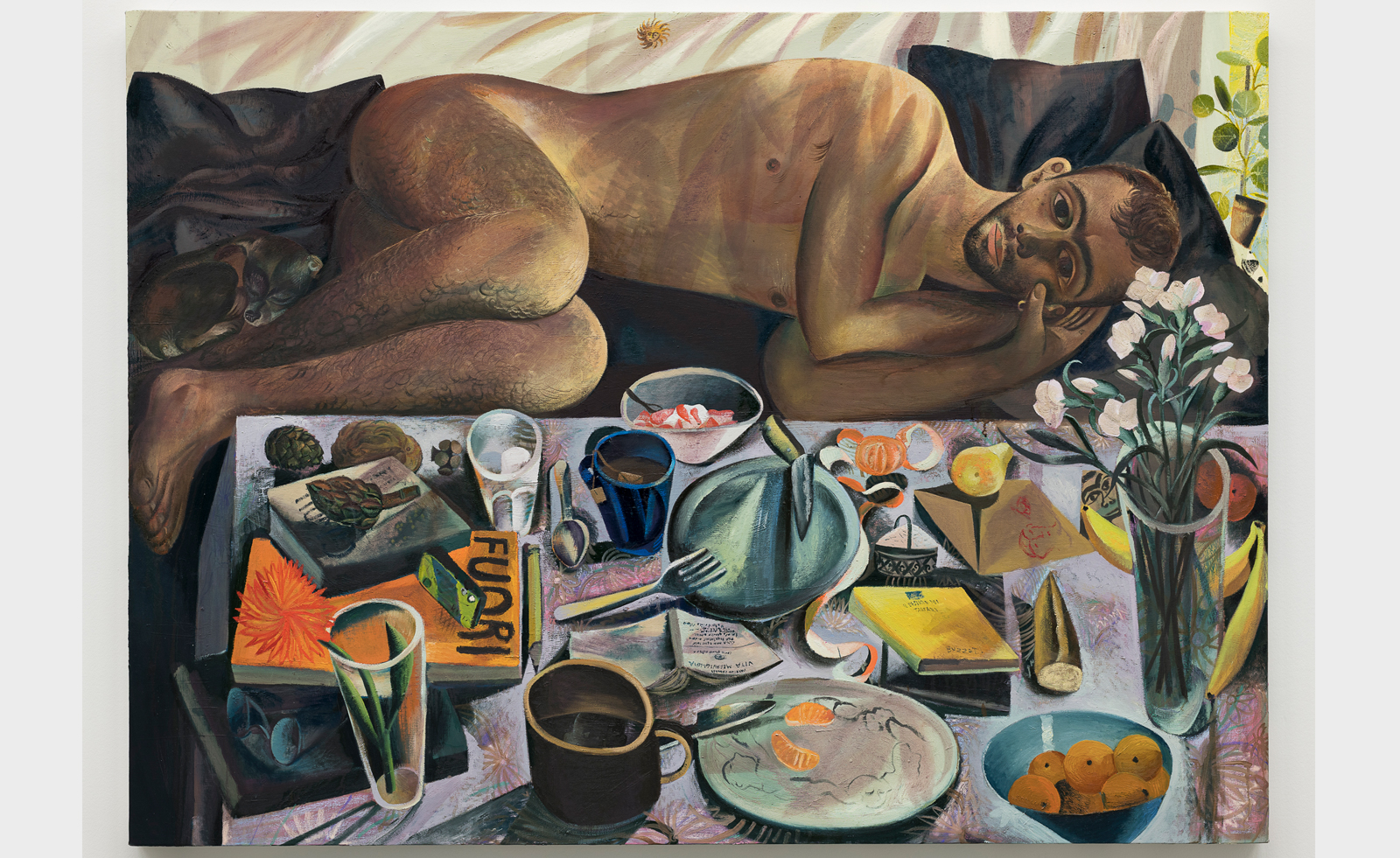 Louis Fratino leans into queer cultural history in Italy
Louis Fratino leans into queer cultural history in ItalyLouis Fratino’s 'Satura', on view at the Centro Pecci in Italy, engages with queer history, Italian landscapes and the body itself
By Sam Moore
-
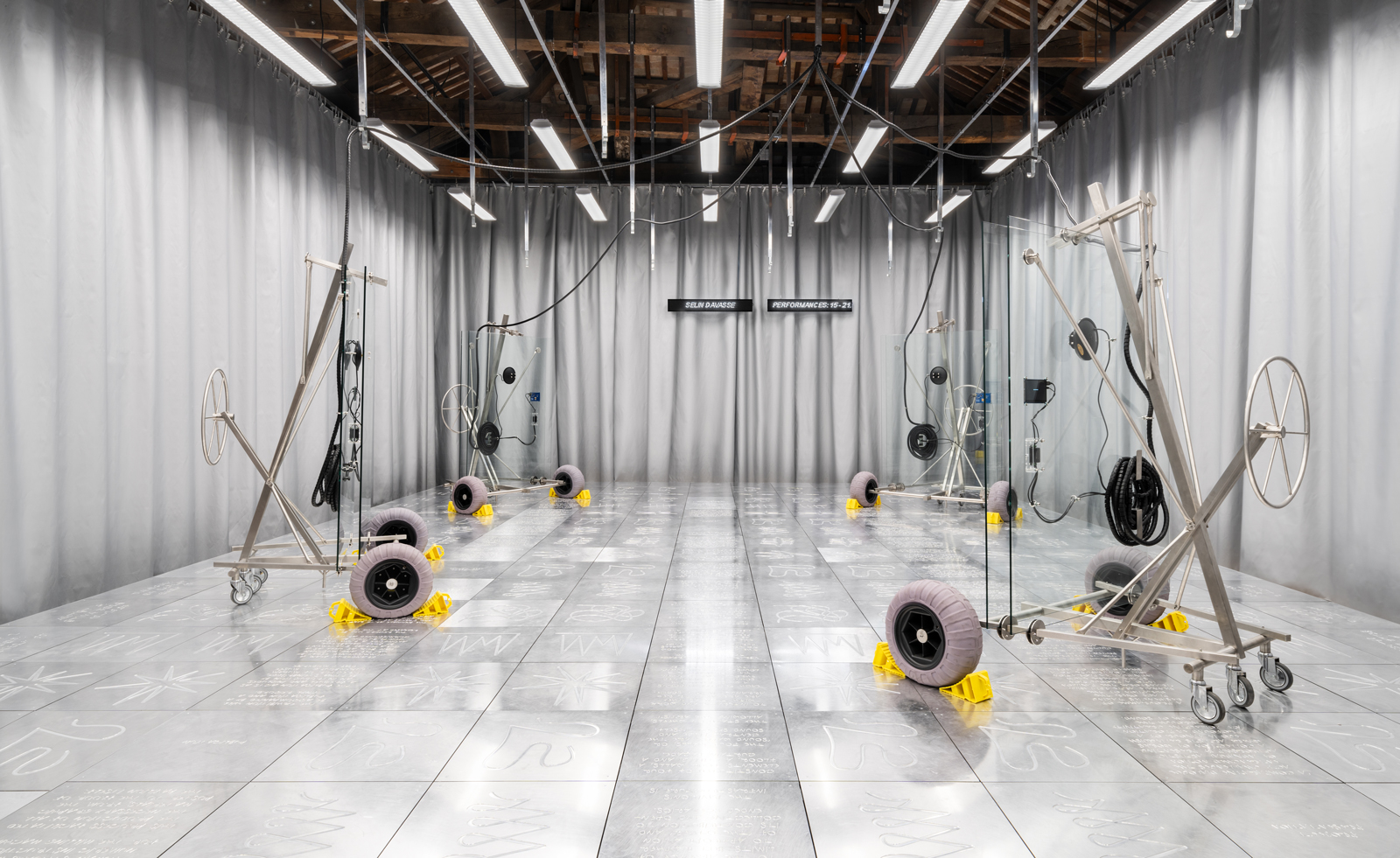 Don't miss Luxembourg's retro-futuristic lab pavilion in Venice
Don't miss Luxembourg's retro-futuristic lab pavilion in VeniceAs the Venice Biennale enters its last few weeks, catch 'A Comparative Dialogue Act' at the Luxembourg Pavilion
By Amah-Rose Abrams
-
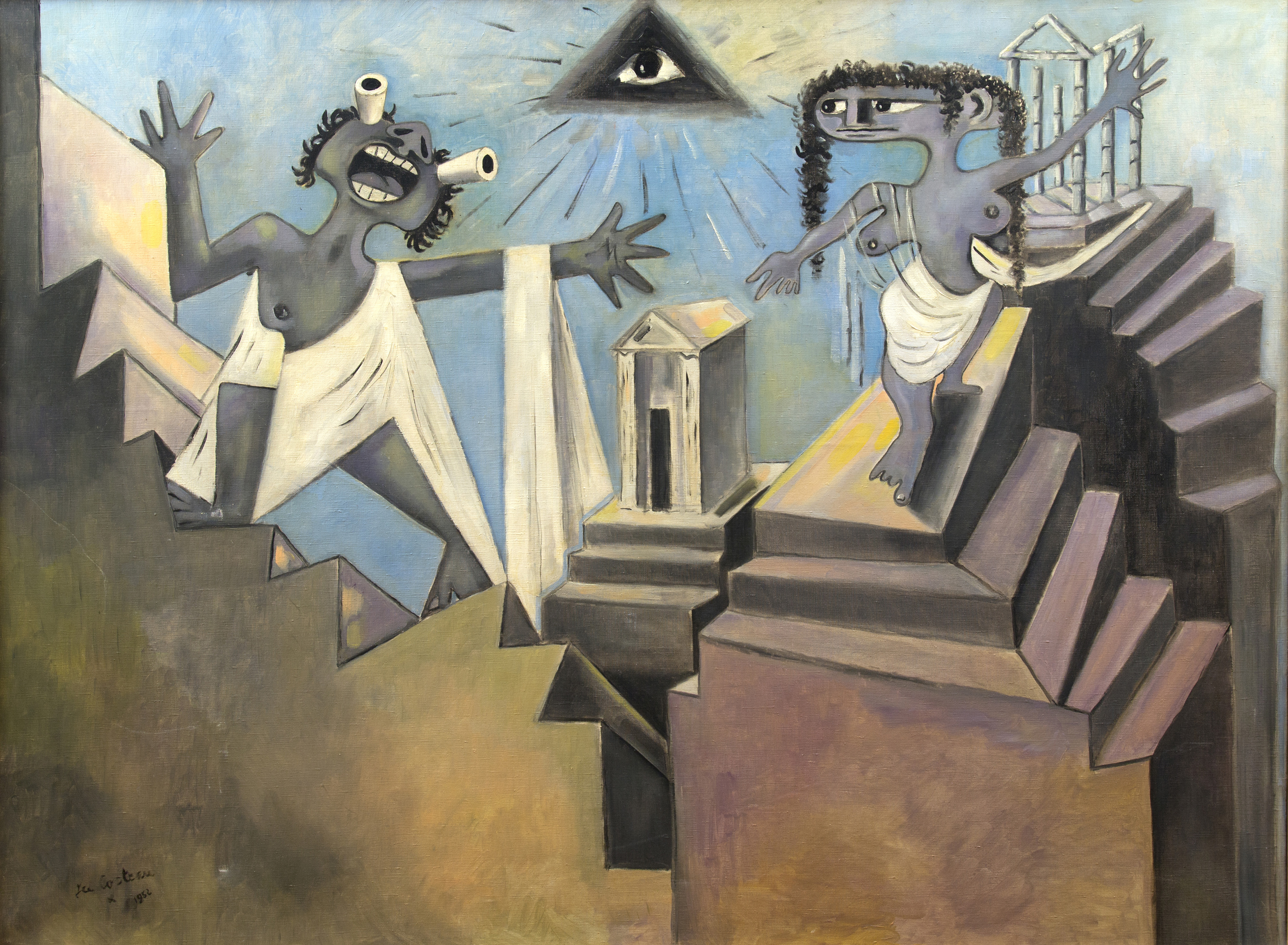 Portrait of a modernist maverick: last chance to see the Jean Cocteau retrospective in Venice
Portrait of a modernist maverick: last chance to see the Jean Cocteau retrospective in Venice‘Cocteau: The Juggler’s Revenge’, celebrating the French artist's defiance of artistic labels, is in its final week at Peggy Guggenheim Collection, Venice
By Caragh McKay
-
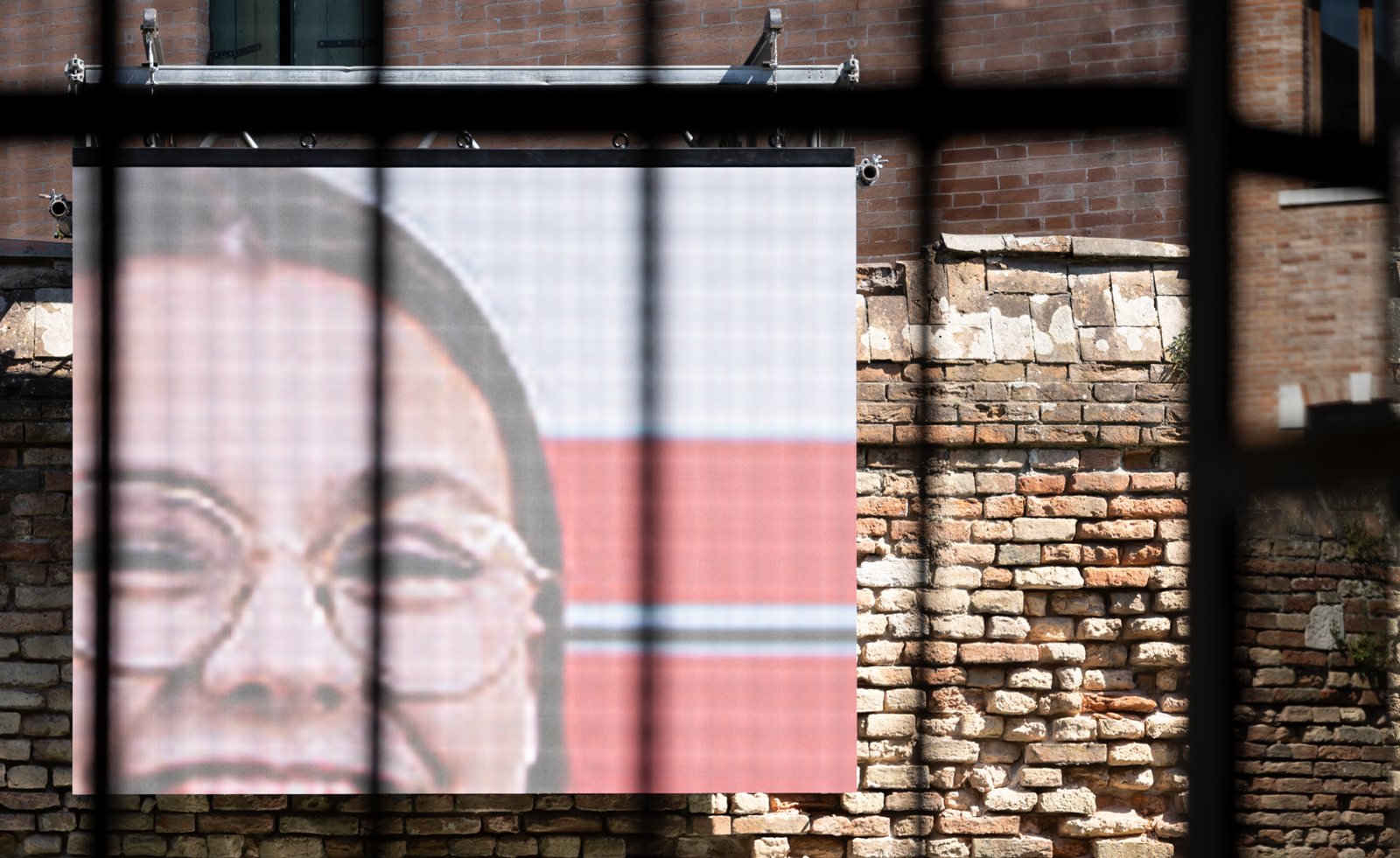 ‘Everything human-made is of interest to me’: Hildigunnur Birgisdóttir in Venice
‘Everything human-made is of interest to me’: Hildigunnur Birgisdóttir in VeniceArtist Hildigunnur Birgisdóttir explores consumerism at the Icelandic Pavilion at the Venice Biennale 2024
By Hannah Silver
-
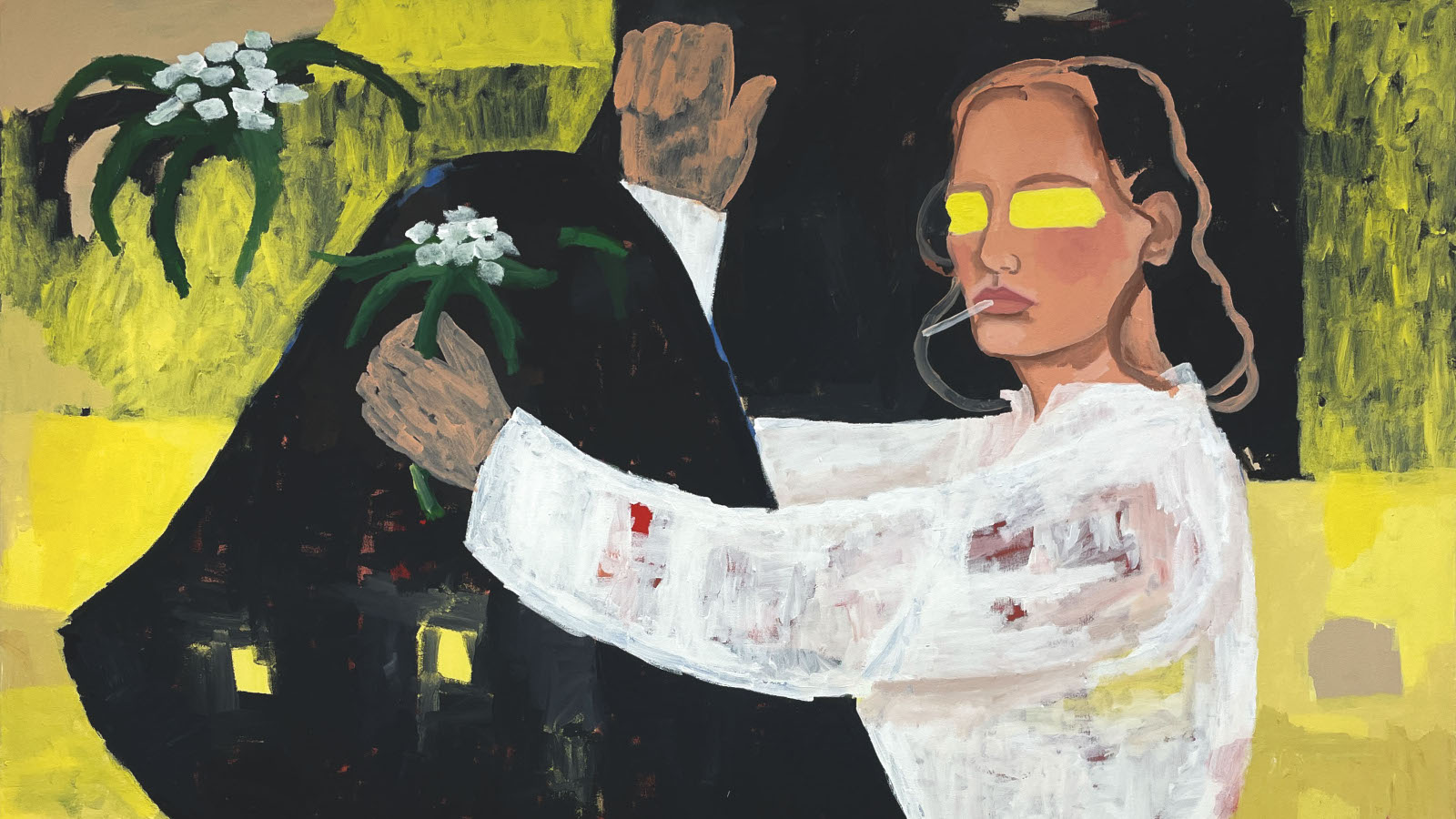 ‘Personal Structures’ in Venice is about ‘artists breaking free’
‘Personal Structures’ in Venice is about ‘artists breaking free’‘Personal Structures 2024: Beyond Boundaries’ reveals a rich tapestry of perspectives on the challenges of our time, from culture to climate and identity
By Nargess Banks